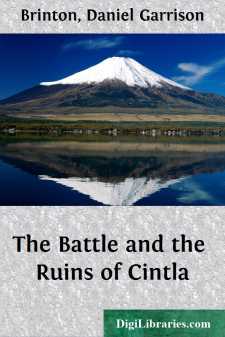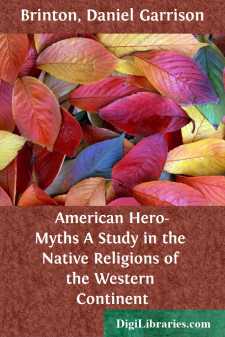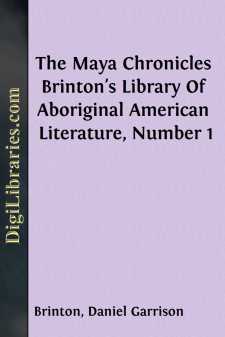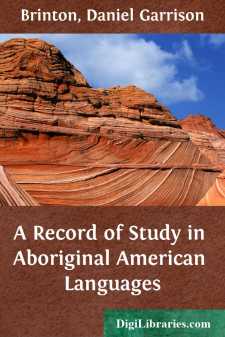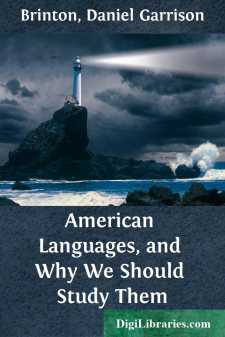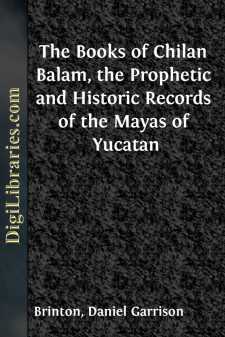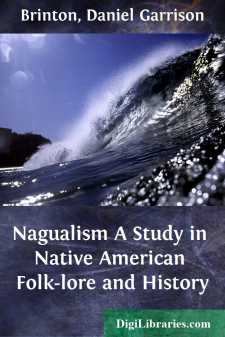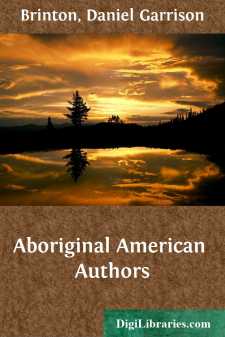Categories
- Antiques & Collectibles 13
- Architecture 36
- Art 48
- Bibles 22
- Biography & Autobiography 813
- Body, Mind & Spirit 142
- Business & Economics 28
- Children's Books 17
- Children's Fiction 14
- Computers 4
- Cooking 94
- Crafts & Hobbies 4
- Drama 346
- Education 46
- Family & Relationships 57
- Fiction 11829
- Games 19
- Gardening 17
- Health & Fitness 34
- History 1377
- House & Home 1
- Humor 147
- Juvenile Fiction 1873
- Juvenile Nonfiction 202
- Language Arts & Disciplines 88
- Law 16
- Literary Collections 686
- Literary Criticism 179
- Mathematics 13
- Medical 41
- Music 40
- Nature 179
- Non-Classifiable 1768
- Performing Arts 7
- Periodicals 1453
- Philosophy 64
- Photography 2
- Poetry 896
- Political Science 203
- Psychology 42
- Reference 154
- Religion 513
- Science 126
- Self-Help 84
- Social Science 81
- Sports & Recreation 34
- Study Aids 3
- Technology & Engineering 59
- Transportation 23
- Travel 463
- True Crime 29
The Battle and the Ruins of Cintla
Description:
Excerpt
The first battle on the American continent in which horses were used was that of Cintla in Tabasco, March, 1519, the European troops being under the leadership of Hernando Cortes.
This fact attaches something more than an ordinary historic interest to the engagement, at least enough to make it desirable to ascertain its precise locality and its proper name. Both of these are in doubt, as well as the ethnic stock to which the native tribe belonged which opposed the Spanish soldiery on the occasion. I propose to submit these questions to a re-examination, and also to describe from unpublished material the ruins which,—as I believe—, mark the spot of this first important encounter of the two races on American soil.
The engagement itself has been described by all the historians of Cortes’ famous conquest of Mexico, as it was the first brilliant incident of that adventure. We have at least four accounts of it from participants. One prepared under the eye of Cortes himself, one by the anonymous historian of his expedition, a third by Cortes’ companion-in-arms, the redoubtable Bernal Diaz del Castillo, and a fourth by Andres de Tapia.
The most satisfactory narrative, however, is given by the chaplain of Cortes, Francisco de Gomara, and I shall briefly rehearse his story, adding a few points from other contemporary writers.
Cortes with his armada cast anchor at the mouth of the River Grijalva in March, 1519. The current being strong and the bar shallow, he with about eighty men proceeded in boats up the river for about two miles, when they descried on the bank a large Indian village. It was surrounded with a wooden palisade, having turrets and loopholes from which to hurl stones and darts. The houses within were built of tiles laid in mortar, or of sun-dried brick (adobes), and were roofed with straw or split trees. The chief temple had spacious rooms, and its dependences surrounded a court yard.
The interpreter Aguilar, a Spaniard who had lived with the Mayas in Yucatan, could readily speak the tongue of the village, which was therefore a Mayan dialect. The natives told him that the town was named Potonchan, which Aguilar translated “the place that smells or stinks,” an etymology probably correct in a general way.
The natives were distrustful, and opposed the landing of the Europeans rather with words and gestures than with blows. Their warriors approached Cortes in large boats, called in their tongue tahucup, and refused him permission to land.
After some parleying, Cortes withdrew to an island in the river near by, and as night drew on, he sent to the ships for reinforcements, and despatched some of the troops to look for a ford from the island to the mainland; which they easily found.
The next morning he landed some of his men by the boats, and attacked the village on the water side, while another detachment crossed the ford and making a circuit assaulted it in the rear. The Indians were prepared, having sent their women and children away. They were in number about four hundred, and made at first a brisk resistance, but being surprised by the rear assault, soon fled in dismay. No Spaniard was killed, though many were wounded....


